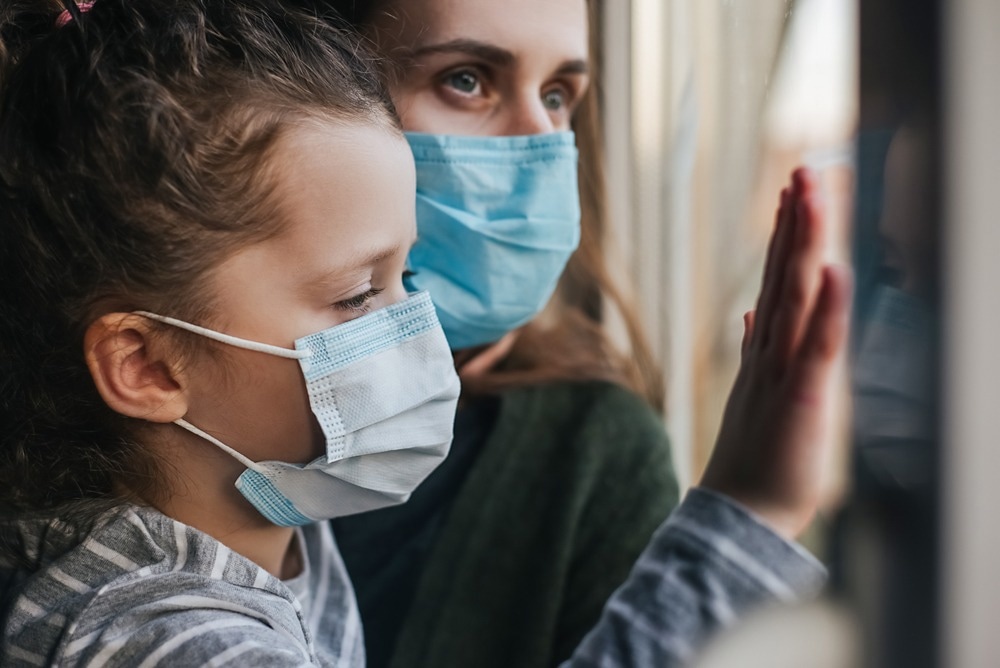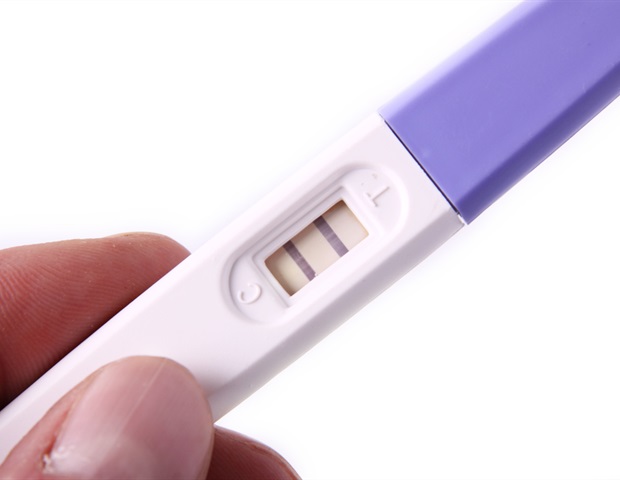A recent study under review at the Journal of Clinical Immunology and currently available on the preprint server Research Square* analyzes the contribution of antibodies against the severe acute respiratory syndrome coronavirus 2 (SARS-CoV-2) spike receptor binding domain (RBD) in vaccinated adults and children, as well as individuals who are naturally infected by SARS-CoV-2 variants.

Study: Infection and vaccine induced Spike antibody responses against SARS-CoV-2 Variants of concern in immune naïve children and adults. Image Credit: Yurii_Yarema / Shutterstock.com
SARS-CoV-2 infection in adults and children
According to the World Health Organization (WHO), the survival of emergent SARS-CoV-2 variants of interest (VOIs) and variants of concern (VOCs) relies on viral infectivity, immune evasion, and transmissibility. These viral characteristics are different among VOIs and VOCs, which might be due to specific mutations across the spike protein.
Examination of antibody responses against viral variants can help elucidate the effect of mutations within the spike protein, as well as in epistasis, where mutations of one site affect other mutations. However, information on SARS-CoV-2 humoral immunogenicity, as well as protection against emerging variants in children is limited.
Differences between the innate and adaptive immune systems in adults and children lead to different immune responses following SARS-CoV-2 infection. For example, several studies have reported different adaptive humoral responses in children as compared to adults. To this end, higher antibody titers and neutralization to VOCs in children have been reported by some, while others have reported higher antibody titers but similar neutralization as compared to adults.
Overall, the lower prevalence of the coronavirus disease 2019 (COVID-19) in children prior to the emergence of the SARS-CoV-2 Omicron VOC might be due to higher asymptomatic infections in this patient population. Although disease severity in children infected with Omicron is still lower than that in adults, the viral load appears to be equivalent for unvaccinated children and adults.
About the study
The current study included 83 immune-naïve adults and children. Sixteen of the child study participants and five inter-related adults from the same households were infected by Early Clade SARS-CoV-2, whereas 15 immune-naïve children and 11 household adults were infected with the SARS-CoV-2 Delta variant. Furthermore, eight immune-naïve children and eight household adults were infected with the Omicron variant.
All study participants who were naturally infected by either Early Clade, Delta, or Omicron strains tested positive by the polymerase chain reaction (PCR) assay.
Sera were collected from 24 individuals who were vaccinated with ChAdOx1 and BNT162b2. Collection of sera took place within 35 days following receipt of the second vaccine dose.
All vaccinated adults and children were not previously infected by SARS-CoV-2. Moreover, 48 healthy and non-inflammatory disorder pre-pandemic control sera samples were included to detect the seropositivity of patients against spike variants.
The detection of spike antibody immunoreactivity in the sera of patients was achieved through the flow cytometry cell-based assay.
Study findings
All PCR-positive patients with at least 10 days of viral exposure were seropositive for antibodies against the Early Clade Spike (D614) and D614G strains of SARS-CoV-2. The levels of immunoglobulin A (IgA) and IgG antibodies one to six months after viral exposure were similar between children and adults, while higher levels of IgM antibodies were observed in adults.
IgA, IgG, and IgM levels peaked at a median of 30 and 32 days post-viral exposure in adults and children, respectively. Early Clade Spike IgA and IgG levels persisted, even seven months after viral exposure, while spike IgM levels became negative about 163 days after exposure.
Significant differences in spike IgG levels were reported between vaccinated and naturally-infected individuals. Higher levels of Early Clade spike IgG antibodies (D614) were observed in vaccinated children and adults who received the early clade-based BNT162b2 vaccine as compared to those who received the ChAdOx1 vaccine.
Reduced levels of spike IgG were observed against VOC spike proteins. Early Clade-infected children exhibited higher titers of the D614G spike IgG, whereas vaccinated children had higher titers against Omicron VOCs. However, adults infected with Omicron and Delta possessed high titers across VOCs and were less likely to experience severe COVID-19 as compared to children.
Delta-infected children and adults had three- and 1.8-fold higher levels of Early Clade spike IgG, respectively, as compared to the Delta spike antigen. Omicron-infected children and adults had five- and three-fold, eight- and four-fold, as well as 11- and six-fold higher levels of Early Clade spike IgG as compared to BA.5, BA.2, and BA.1 spike IgG, respectively.
Antibodies generated through natural infection by the Early Clade SARS-CoV-2 exhibited reduced binding towards all VOCs. However, individuals infected with Delta and Omicron exhibited stronger binding towards Gamma, Beta, and Alpha VOCs as compared to those infected with Early Clade SARS-CoV-2.
All individuals exhibited limited binding towards Omicron VOCs. Additionally, immunoreactivity among the vaccinated cohort was similar to Early Clade-infected patients.
The presence of the 484Q mutation in the Kappa spike protein, as well as the 478K mutation in the Delta spike protein, improved antibody binding, which might lead to greater immunoreactivity among the Delta-infected individuals. A similar result was also observed when lysine (K) at position 484 was replaced with glutamic acid (Q) in the Beta, Eta, and Gamma spike proteins.
Early Clade-infected individuals displayed a strong binding towards Eta. Strong immunogenicity was also observed for all naturally infected and vaccinated individuals.
Additionally, the presence of N501Y and E484K led to decreased immunogenicity in Omicron, which was further enhanced by the S477N mutation. However, this reduction was compensated by Q498R, which is an epistatic contact mutation of N501Y.
Conclusions
Taken together, the study findings reveal important molecular features concerning broad immunoreactivity and high antibody titers. These observations might be useful in the development of vaccines that will provide broad protective adaptive immune responses, as well as global serosurveillance efforts.
Limitations
The sample size of naturally infected individuals was small. An additional limitation was that the viral loads were unknown in naturally infected individuals.
Furthermore, some participants might have suffered from asymptomatic re-infection during the follow-up, which may have resulted in very low spike antibody titers. Finally, studies on peripheral cells were not performed.
*Important notice
Research Square publishes preliminary scientific reports that are not peer-reviewed and, therefore, should not be regarded as conclusive, guide clinical practice/health-related behavior, or treated as established information.

 PARENTING TIPS
PARENTING TIPS







 PREGNANCY
PREGNANCY








 BABY CARE
BABY CARE








 TODDLERS
TODDLERS








 TEENS
TEENS








 HEALTH CARE
HEALTH CARE






 ACTIVITIES & CRAFTS
ACTIVITIES & CRAFTS








 CONTACT
CONTACT ABOUT
ABOUT

